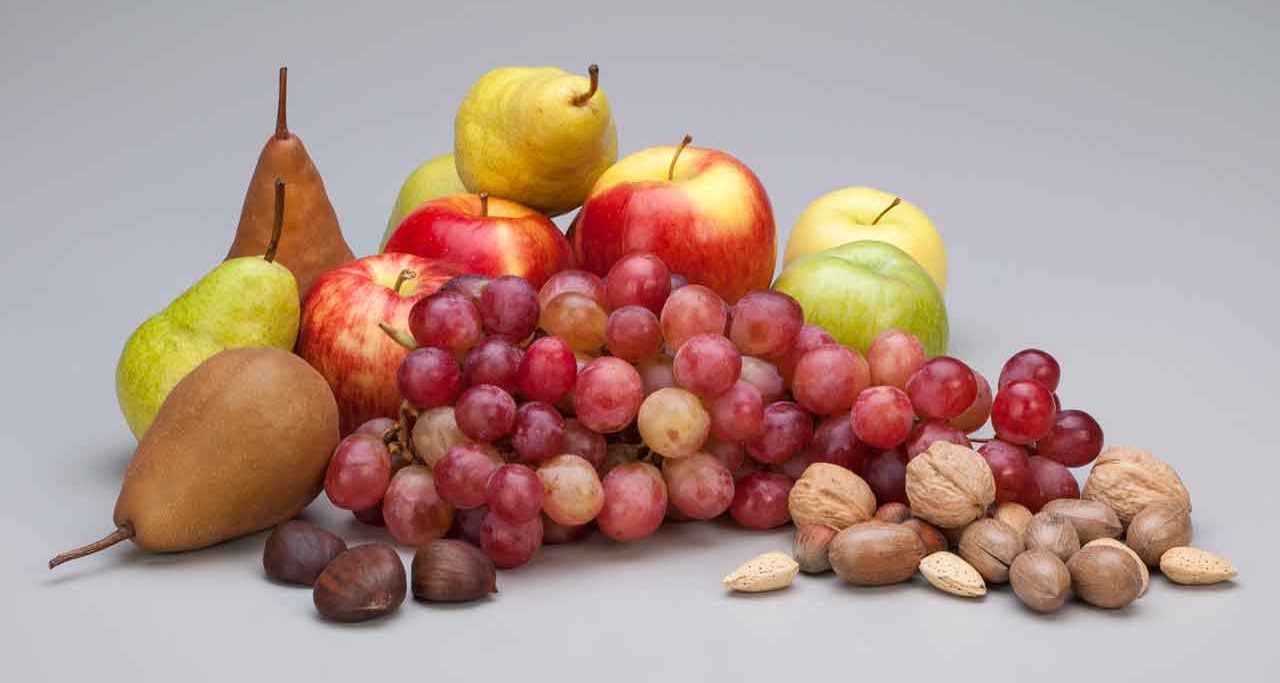Fiber Helps Prevent Chronic Disease

In general, plant foods help keep the balance of microbes in your gut healthy and promote diversity. Their fiber content can help protect you against many diseases.
With all the dietary advice offered today, it’s easy to miss the obvious.
Getting enough fiber in your diet is important to ward off heart disease, type 2 diabetes, diverticular disease, cancer, obesity, and other illnesses.
Although many common foods contain fiber, only about 5 percent of men and 9 percent of women in the United States eat enough for optimal health, according to research analyzing responses from more than 14,600 volunteers.
YOU MIGHT ALSO LIKE: Antibiotics Change Gut Bacteria Balance
High-fiber foods include fresh fruits and vegetables, whole grains, and legumes. They all contribute to a suggested minimum of 14 grams of fiber for every 1,000 calories you consume.
Dietary fiber is a complex mixture of plant materials that are resistant to digestion. The two types of fiber include insoluble, which doesn’t dissolve in water, and soluble. Most plants, such as beans, contain both kinds, but some have more of one type.
In general, plant foods help keep the balance of microbes in your gut healthy and promote diversity. Microbes break down fiber, releasing chemicals your body needs. To get enough fiber, you should eat 30 different kinds of plants each week.
Americans tend to eat more sugar and animal foods (meat, dairy, and eggs), but less fiber. That imbalance limits the effectiveness of gut microbiomes and the digestive process, producing more short-chain fatty acids that lead to illness.
A strong microbiome, fed by fiber, promotes immunity to fight off infection, and it may be important for mental health. For example, children who eat a high-fiber diet seem to be more focused.
In wealthier countries, research suggests that:
- Grains tend to provide a third to two-thirds of daily fiber.
- Fruits provide less than a quarter.
- Legumes form a quarter to a half.
- Green vegetables provide only small amounts, although they are nutritious in many other ways.
When soluble fiber dissolves, it produces a gel that lowers your cholesterol and blood sugar, helping to protect you against heart trouble and diabetes. This kind of fiber makes you feel full, so you’re less likely to overeat.
You can get soluble fibers from:
- Oats
- Peas
- Apples
- Citrus fruit
- Carrots
Insoluble fiber draws water into your stool, softening it, so you avoid constipation and protect yourself against colon cancer. It passes through your gut without being broken down and carries other foods through your digestive system.
Good sources of insoluble fiber include whole-wheat flour and wheat bran, nuts, cauliflower, and sweet potatoes.
Before you reach for supplementary fiber that comes in a can at your grocery store, try to gradually increase the amount of fiber in your diet from a long list of foods that can also contribute to a healthy and balanced diet.
It’s probably easier than you think.
Updated:
January 05, 2024
Reviewed By:
Christopher Nystuen, MD, MBA and Janet O'Dell, RN